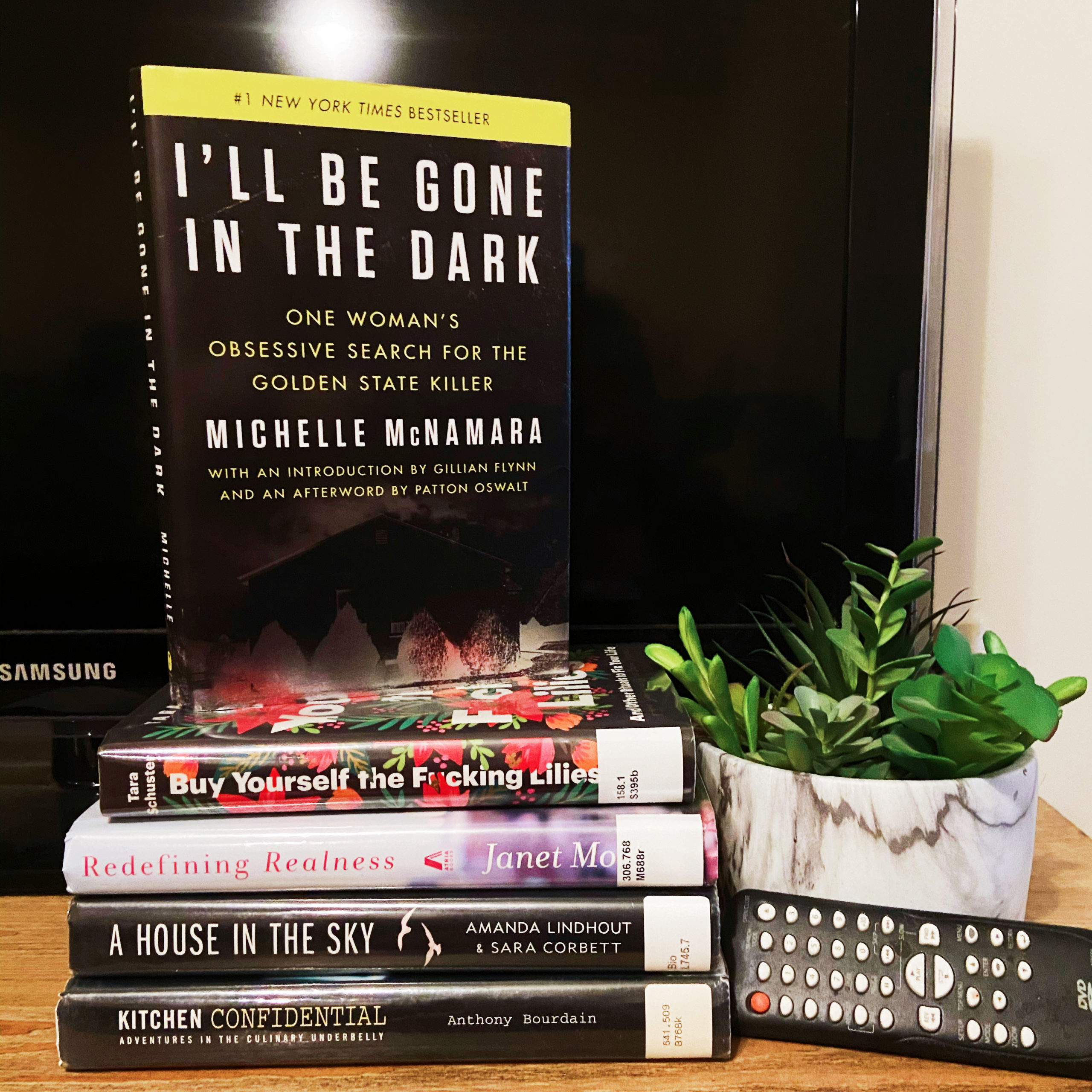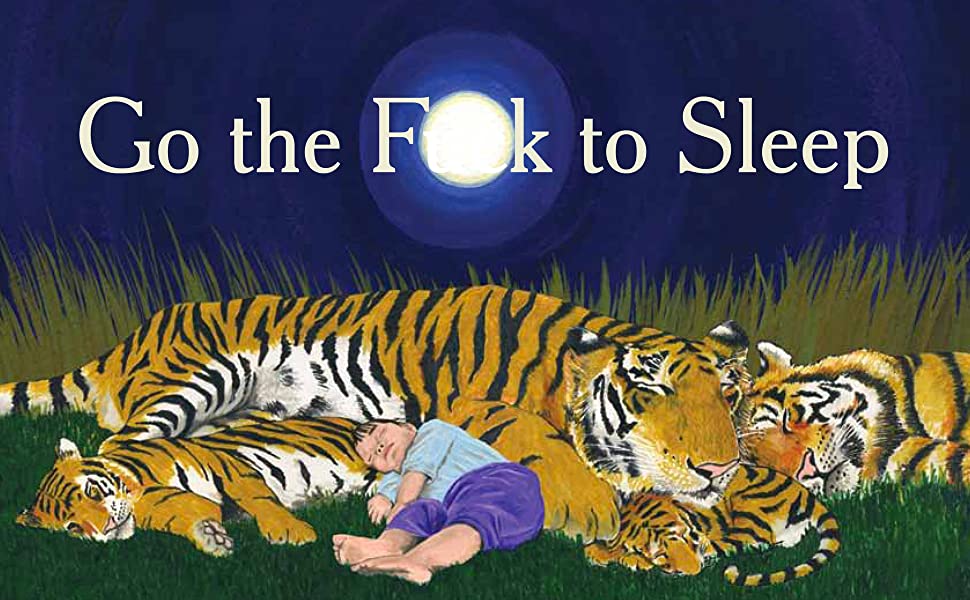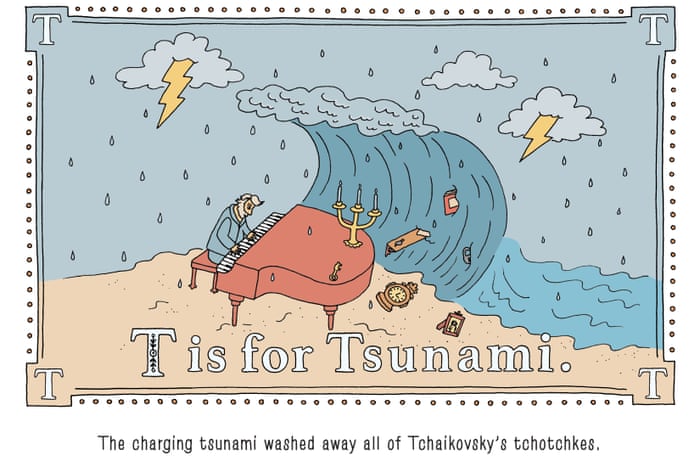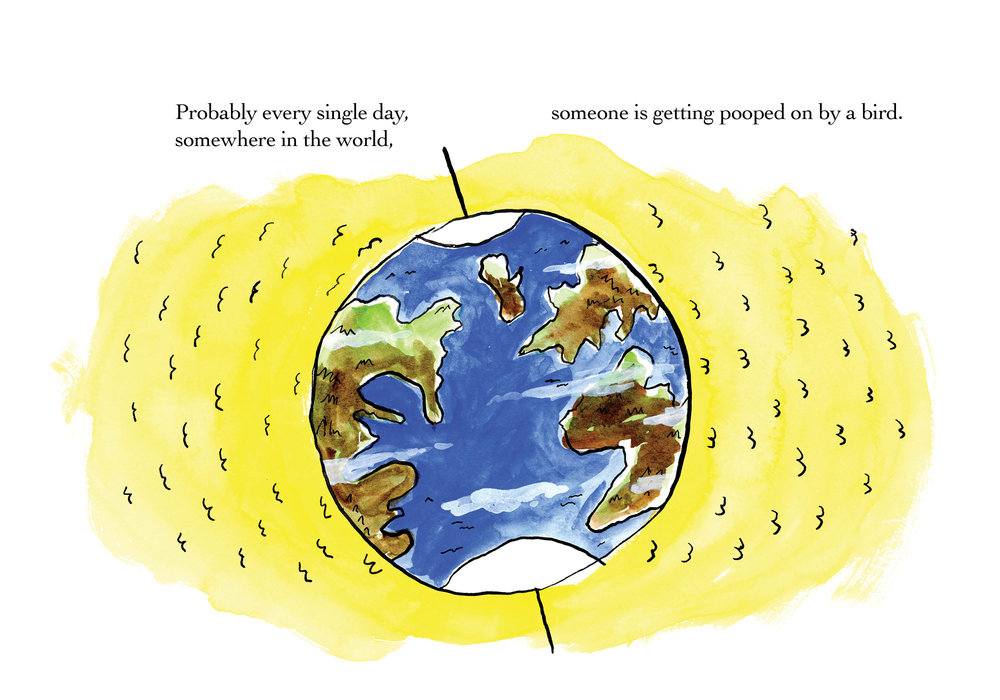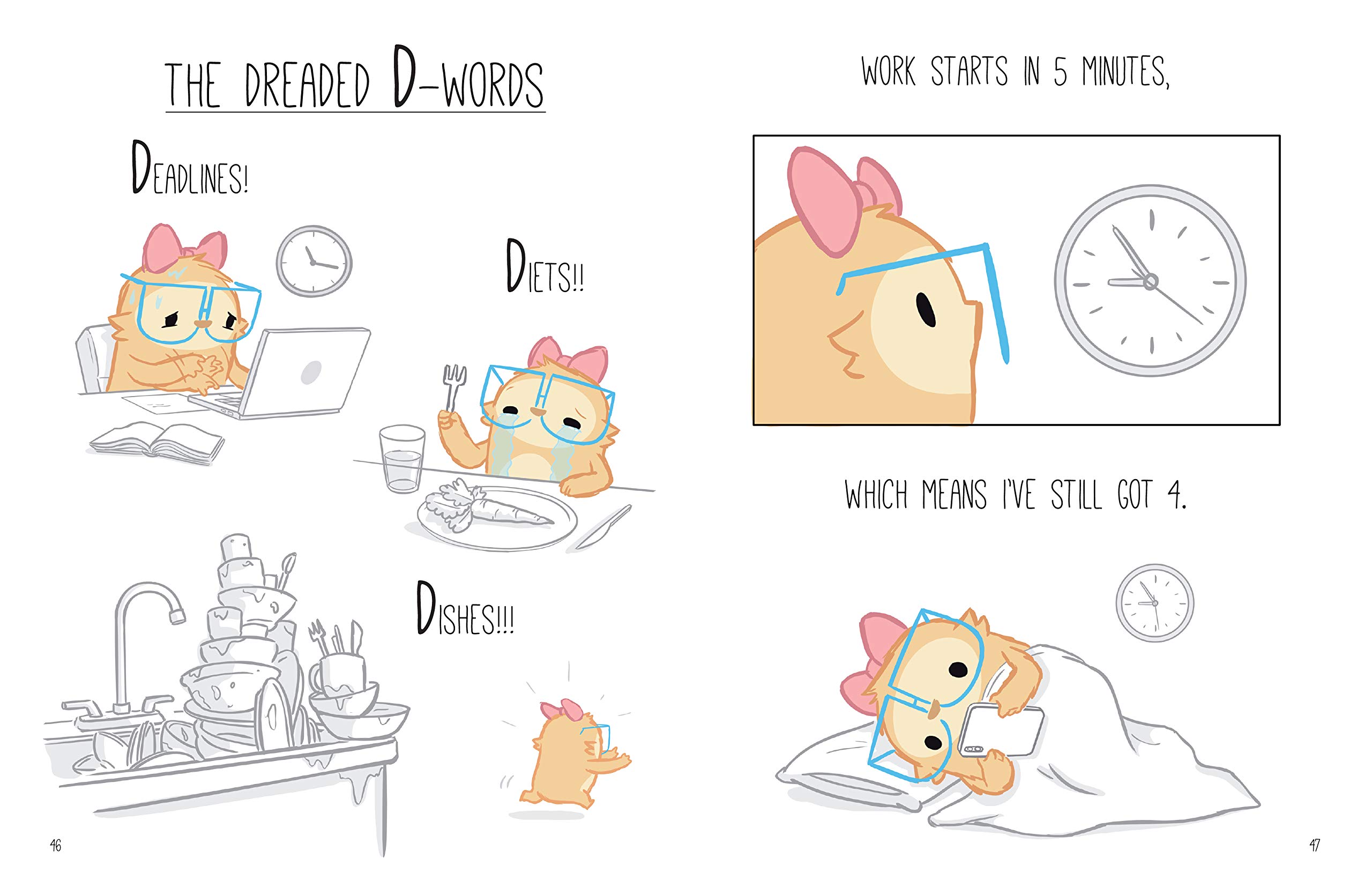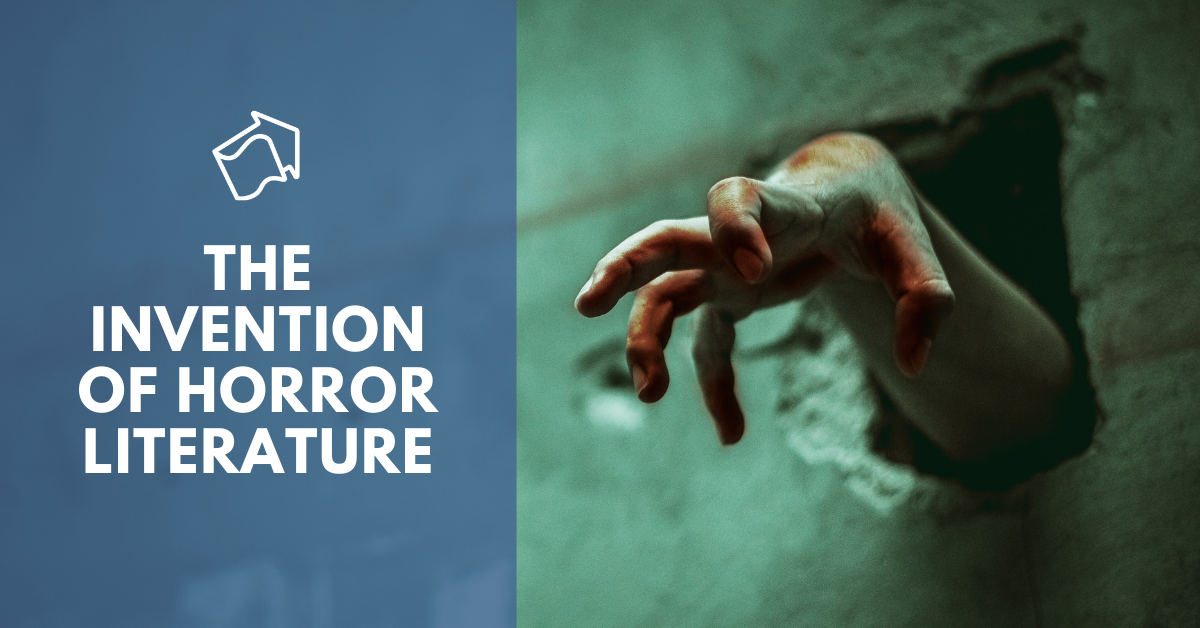 October is the perfect time for a good ole ghost story or scary movie, but did you know that the “horror genre” is a relatively modern invention? While some staples of horror (such as witches, demons, bloodsuckers, spirits, and other malevolent entities) have haunted folklore, mythologies, and classic literature for centuries, “horror” as a marketable genre has really only come into its own in the past two centuries. So how did our most shudder-worthy literature come to exist–and why so recently?
October is the perfect time for a good ole ghost story or scary movie, but did you know that the “horror genre” is a relatively modern invention? While some staples of horror (such as witches, demons, bloodsuckers, spirits, and other malevolent entities) have haunted folklore, mythologies, and classic literature for centuries, “horror” as a marketable genre has really only come into its own in the past two centuries. So how did our most shudder-worthy literature come to exist–and why so recently?
Ancient civilizations had a healthy fear of (and fixation on) witches and evil spirits. The Greeks had several stories featuring vampires called lamiæ or empusæ (which appeared as early as 450 B.C.E. in Aristophanes’ The Frogs). Biblical texts contain stories of demonic possession, and make several references to the dangers of “conjurers.” The Inquisition in 1235 ignited a publication frenzy of literature about witches (all reportedly “nonfiction”) which continued into the 16th century. Meanwhile, Dante’s Inferno (1307) fueled public imagination about the monstrous denizens of the afterlife. Witches and ghostly spectres also feature prominently in Shakespeare’s work, particularly Titus Andronicus (1594), Hamlet (1600), and Macbeth (1605).
While many stories featured “horror” elements, the first notable work centered on supernatural occurrences was Horace Walpole’s Castle of Otranto (1764). The youngest son of prime minister Robert Walpole, Horace was fascinated by medieval history, and even built his own Gothic-revival castle, Strawberry Hill. In his novel, Walpole combined medieval beliefs about the supernatural with modern (for his era) literary realism in order to saturate his work with unpredictable dread–and the (rather bizarre and melodramatic) result is regarded as the first work of Gothic literature.
The success of Walpole’s novel inspired similar books about ominous castles and diabolical nobility, such as Anne Radcliffe’s The Mysteries of Udolpho (1794) and Matthew Gregory Lewis’s The Monk (1796). Gothic literature continued to feature high melodrama, romance, and a range of sinister threats, until a fateful literary experiment propelled the genre into new territory.
That experiment occurred the night Mary Shelley, her future husband Percy Shelley, Dr. John Wiliam Polidori, his patient Lord Byron, and Mary’s stepsister Jane Claremont found themselves trapped by rain at the Shelleys’ summer villa, where Byron challenged the group to a spooky story-writing contest. Mary Shelley’s story would ultimately become Frankenstein (1818), credited as one of the first works of sci-fi / science-based horror. Dr. Polidori’s story, “The Vampyre” (1819), was the first popular work about vampirism published in England (made more popular by the view that the titular “vampyre” was a parody of Lord Byron), and the first work to introduce the idea of “the gentleman vampire.” Both novels were immediately successful. Boom–the market was evident, and other writers began racing to accommodate.
Enter an author who needs no introduction: Edgar Allen Poe, whose stories of hauntings, murder, and revenge cemented key genre tropes that continue to thrive to this day. Beginning in 1833 with his first short story “MS. Found in a Bottle” (in which an otherworldly summons lures a man on a doomed seafaring adventure), Poe blended the best of the Gothic supernatural with the notion that dark, sinister impulses could lie within even the most mundane, “ordinary” individual.
Meanwhile, the Industrial Revolution was underway — and crime, violence, murder were on the rise in cramped cities. Cheap works of mystery and gore called “Penny Dreadfuls” were becoming popular, mass-produced entertainment during the 1840s. Vampires and vengeful spirits were still prominent, but a new class of horror was growing: the rise of crime literature, centered on diabolical murderers who were not castle-dwelling nobles, but “normal” citizens who committed ghastly deeds, “hiding in plain sight” among fellow city-dwellers. Inspired by true crimes of the day, works such as Thomas Prest’s “Sweeney Todd, the Demon Barber” (1847), Robert Browning’s The Ring and the Book (1868), and Robert Louis Stevenson’s The Strange Case of Dr. Jekyll and Mr. Hyde (1885) all dealt with the evil impulses that could lie at the heart of the “everyman” — and all were instant successes.
While the popularity of the undead never died (inspired by writers before him, Bram Stoker’s Dracula would take the world by storm in 1897, and remains a staple to this day), the rise of technological innovation and emphasis on “future technology” at the turn of the century transformed horror again. In 1898, H.G. Wells published The War of the Worlds, ushering in a new brand of terror: cosmic, technologically advanced, alien (read: foreign) and futuristic. With the publication of his first short story “Dagon” in 1919, H.P. Lovecraft would continue to push the boundaries of cosmic horror until his death in 1937, creating worlds at once both ancient and mythological, and also incalculably advanced.
During the 20th century, the Great Depression and both World Wars fueled a growing sense of social unease that there were devastating, unreasonable forces at work in the world, forces that would leave one helpless and bereft. Yet society was painfully reminded that human beings were at the heart of these modern catastrophes, expanding the idea that mankind itself was fundamentally destructive and corrupt. The world was no longer a safe, predictable, or trustworthy place–not on a micro scale (as during the citywide crime rise of the Industrial Revolution), nor on a macro, worldwide one. Change was rapid. Humankind flawed. The future uncertain. The stage was set for all imaginable terrors to come into play.
By the mid-to-late 20th century, the most popular modern horror tropes of today bursting into public imagination: the sci-fi/alien threat and the dystopian society can be attributed in no small part to Ray Bradbury (The Martian Chronicles in 1950 and Fahrenheit 451 in 1953) the serial killer (Robert Bloch’s novel Psycho in 1959); the occult (Ira Levin’s Rosemary’s Baby in 1967); the demonic (William Peter Blatty’s The Exorcist in 1971); the paranormal (Stephen King’s first novel Carrie in 1973–and pretty much all of his novels thereafter); and the monster story (Peter Benchley’s Jaws in 1975). Even vampires would make a resurgence with Anne Rice’s Interview with a Vampire in 1976, albeit a much sexier and more sympathetic portrayal that persists today.
Blockbuster films further cemented these stories in popular culture and inspired today’s horror storytellers. In fact, thanks to cinema we are widely touted to be in the midst of a “horror Renaissance” of smart, well-crafted, and absolutely terrifying media. While film and streaming services have created unprecedented competition for literature, great storytelling inspires great storytelling, regardless of medium. So look out for the next generation of incredible, iconic horror stories

Chelsea is a copywriter, editor, publicist, and content creator at Books Forward, an author publicity and book marketing firm committed to promoting voices from a diverse variety of communities. From book reviews and author events, to social media and digital marketing, we help authors find success and connect with readers. Interested in what’s possible for your book sales and building readership? Check out our services, tell us your goals, and get a customized publicity campaign tailored just for you.

